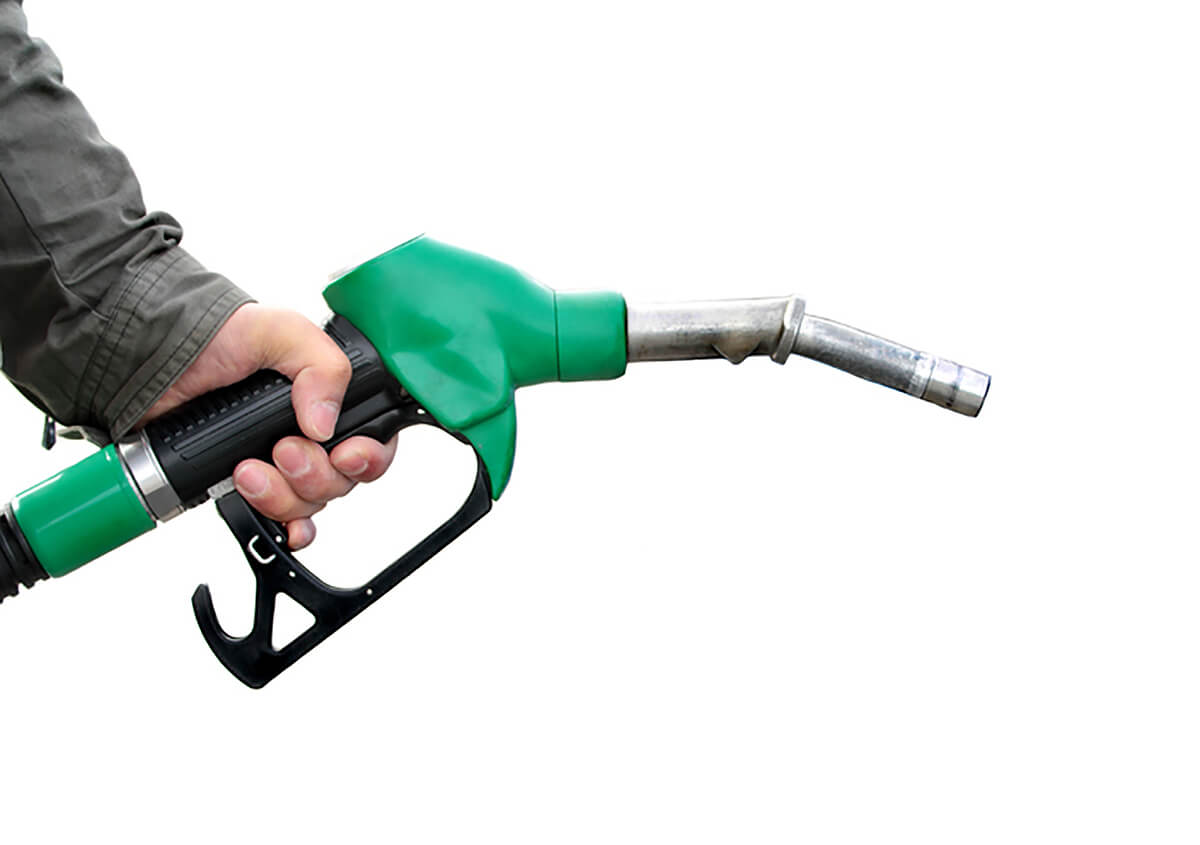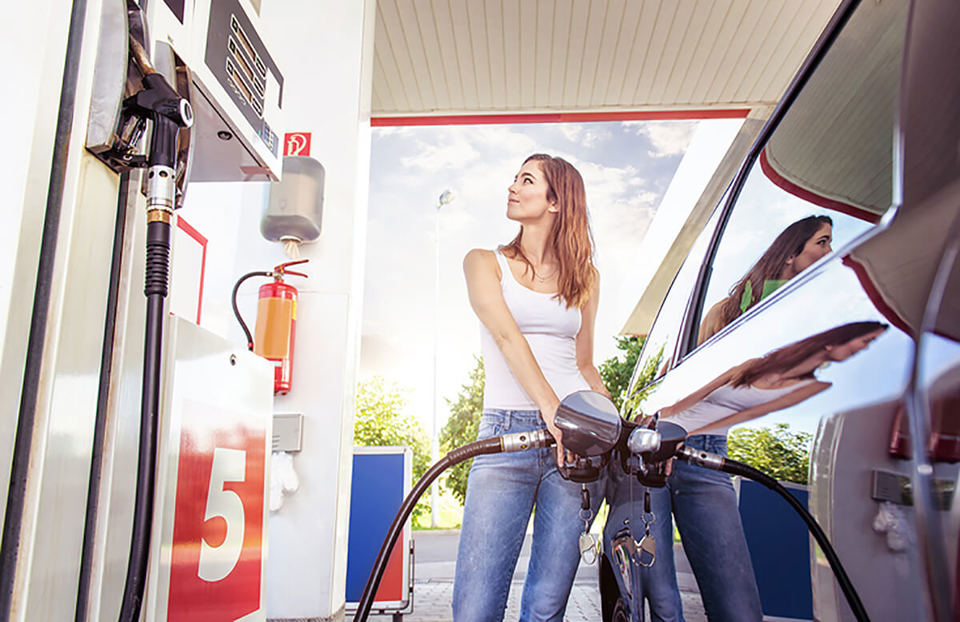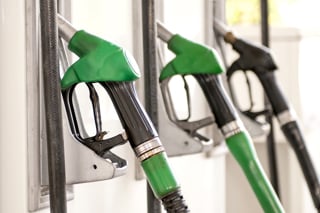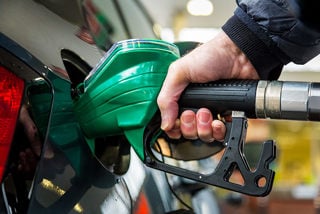The Government will change the law to force fuel retailers to provide up-to-date pump price information, following a critical report from the Competition and Markets Authority (CMA).
Following a year-long investigation into the road fuel market, the CMA found that there was no evidence to suggest fuel retailers had been price fixing.
However, in a report published yesterday (Monday, July 3), the watchdog concluded that drivers were paying more for petrol and diesel than before the Covid pandemic because of “weakened” competition.
The CMA said that “due to a decision by the traditional price leaders to compete less hard”, prices had risen since 2019.
The CMA found that the average annual supermarket fuel margins had increased significantly from 2019 to 2022, representing a 6p per litre (ppl) increase – equivalent to £900 million in extra costs in 2022.
Diesel drivers were hardest hit, with increased margins on diesel across all retailers costing drivers an extra 13ppl from January to the end of May, this year.
The new pump price scheme will make pricing data available for third parties – paving the way for them to create price comparison apps and websites.
New powers will also be handed to a public organisation yet to be decided, to closely monitor the UK road fuel market, scrutinise prices and alert Government if further intervention is needed.
Grant Shapps, energy security secretary, said: “Some fuel retailers have been using motorists as cash cows – they jacked up their prices when fuel costs rocketed but failed to pass on savings now costs have fallen.
“It cannot be right that at a time when families are struggling with rising living costs, retailers are prioritising their bottom line, putting upwards pressure on inflation and pocketing hundreds of millions of pounds at the expense of hardworking people.
“Today I’m putting into action the CMA’s recommendations and standing by consumers – we’ll shine a light on rip-off retailers to drive down prices and make sure they’re held to account by putting into law new powers to increase transparency.”
The CMA’s report found a concerning weakening of competition in the fuel market and an overall increase in retailers’ margins, especially in respect of diesel and with supermarkets the worst offenders.
It also noted a lack of reliable and comprehensive price information available to motorists.
The report recommends the mandatory public disclosure of fuel prices and establishment of a body to monitor the market, which the Government has agreed to.
The Government says it will consult on the design of the open data scheme, and market monitoring function this autumn – with changes to the law needed to bring it in.
In the interim, the CMA will create a voluntary scheme encouraging fuel retailers to share accurate, up-to-date road fuel prices for publication by August and continue to monitor fuel prices using its existing powers.
The move follows a similar scheme in Germany, which boosted competition amongst fuel retailers, claims the Government.
Meanwhile, motorists who shopped around in Queensland, Australia, saved on average $93 per year off the back of a state-wide scheme rolled out in the area.
Gordon Balmer, executive director of the Petrol Retailers Association (PRA), welcomed the Government’s commitment to transparency and said it would support any “sensible steps” taken to help motorists find the best deal available to them.
“We will continue to engage with officials to ensure that this scheme is rolled out efficiently,” he added. “The logistics surrounding fuel pricing are complicated and it is vital that the Government consult with industry to ensure a smooth implementation.
“Independent forecourts represented by the PRA comprise 65% of the fuel network, with the CMA report noting an increase in the extent to which individual non-supermarket retailers are pricing more cheaply than the supermarket national average price.
“These smaller, independent forecourts operate as a crucial part of local communities, often knowing customers personally.”
He continued: “We will continue to work with the CMA and provide any evidence they may need concerning their investigation. We are committed to advocate for independent retailers and to ensure fuel market transparency.”
Twelve ways to improve your fleets’ fuel economy and save money
 LeasePlan has pulled together their tips to help make managing your fleet a little more affordable.
LeasePlan has pulled together their tips to help make managing your fleet a little more affordable.
1. Sensible speed
Going fast burns more fuel. It’s as simple as that. If you encourage your drivers to drive responsibly, they’ll get more mileage out of every tank.
2. Proper gear usage
While it might cut into acceleration a little, changing gears early and smoothly reduces engine revs, which means improved fuel economy. One handy tip is to think about shifting gears in a block – such as going straight from third to fifth or vice versa – as this can make accelerating or decelerating more efficient.
3. Tyre pressure
Underinflated tyres wear out quickly and increase fuel consumption. Making it your drivers’ responsibility to check the pressure regularly should help ensure it doesn’t drop too low. This may not sound like much, but it could improve fuel efficiency by up to 10% and help to save money.
4. Aircon management
On a hot day, it’s nice to stay cool in your car, but fuel consumption takes a hit when the aircon is on. Giving your drivers guidance about when to use it can make a real difference.
Unless the day is baking hot, we’d suggest having the windows open until they reach 40mph and only turning the aircon on (and closing the windows) above this level. Just make sure your drivers still use the aircon once a week to keep it in good condition.
5. Roof racks and bars
Roof racks and bars create significant drag at high speeds, so make sure your drivers know to remove them if they’re not using them. This can reduce fuel costs by up to 30% on motorways.
6. Traffic jams
While it’s not really worth doing anything in stop-start traffic, once your drivers have been static in a traffic jam for more than three minutes, the AA suggests it’s a good idea to turn the engine off. This ensures they aren’t burning fuel unnecessarily.
7. The boot
Decluttering the boot is unlikely to make a massive difference to fuel economy (unless it’s full of bricks), but cutting any unnecessary weight from the car will still contribute to more efficient driving.
8. Smooth driving
Teach your drivers about the benefits of observing traffic patterns and taking cues from other drivers. This can help them use their momentum more efficiently by minimising unnecessary braking or accelerating – which also improves fuel economy.
9. Performance monitoring
If you monitor your drivers’ fuel consumption, you can spot ‘heavy foot’ drivers who might be accelerating and braking too hard. Targeted training can then help them drive more efficiently.
10. Performance motivation
Monitoring also allows you to reward the drivers who are doing well by providing incentives and recognition. This can give them a reason to go ever further – and encourage other drivers to follow their example.
11. Regular maintenance
Make sure your drivers know the full maintenance schedules for their vehicles and encourage (or require) them to follow them. Well maintained vehicles tend to operate more efficiently.
12. Route planning
It takes a little more time than some of our other ideas, but careful route planning can make a real difference. It helps your drivers minimise mileage, reduce idle time and optimise fuel consumption – particularly if it’s integrated with real-time traffic updates while they are on the road.























Login to comment
Comments
No comments have been made yet.